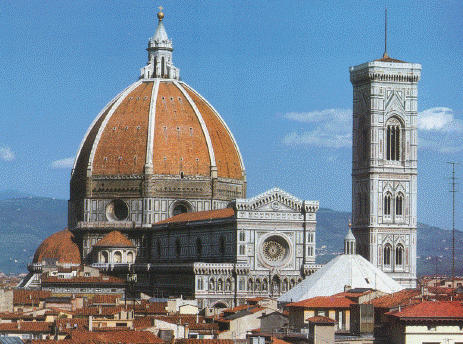I think you have a number of architectural concepts confused there.
I am not. The Romans built Hagia Sophia by balancing a dome on four triangular pendentives reinforced with buttressing, placing a dome on top of a rectangular base. While a late structure, this is the type of construction that the Mediaeval architects failed to build, in spite of attempts.
Not all buttresses are 'flying', you have clasped, inset, diagonal etc. The Romans were masters of engineering using arches, buttressing, domes and concrete, often accomplished amazing feats when building aqueducts, walls, temples etc. Many of these structures were unequalled in mediaeval times and remain in use today.
The medievals certainly built earthquake-resistant structures. With the Gothic cathedrals, they attempted to minimise the amount of stone and maximise the amount of windows. Some of the experiments associated with that drive were rather earthquake-vulnerable. But the medievals deserve credit for innovation.
They do deserve credit for innovation, but their structures are in general less earthquake resistant. Its about degree here.
If you visit Italy you will see multiple iron bars and hooks placed in older buildings to try and repair damage.
Roman structures such as the old Curia, Pantheon or Hagia Sophia were far more durable.
Please provide evidence. As far as I know, the book starts by discussing how to convert from Roman numerals to Hindu-Arabic and back again and then proceeds to show how Hindu-Arabic numerals facilitate easier calculations of interest and currency conversion. Thereafter it discussed various mathematical problems like perfect numbers before describing arithmetic series and finally derives approximations of irrational numbers. Fibonacci uses Algebraic equations throughout the work, so please show me what part of the work argues the innate superiority of Hindu-Arabic numerals without resorting to algebra.
Algebra is older than that.
You are wrong. Muhammad al-Kwarizmi is widely credited for establishing Algebra separate from Arithmetic and Geometry.
Pre-8th century mathematicians be they Chinese, Greco-Roman or Indian, all solved equations utilising algebraic geometry. Diophantes for instance used ad hoc geometric formulations to solve equations, but this is not a systematic method to do so. Algebra as a branch of mathematics only dates to 8th century Persian mathematicians, for all modern Algebra is directly based on their work and they first created universal methods to solve equations.
If you can show me an older instance, I am all ears.





